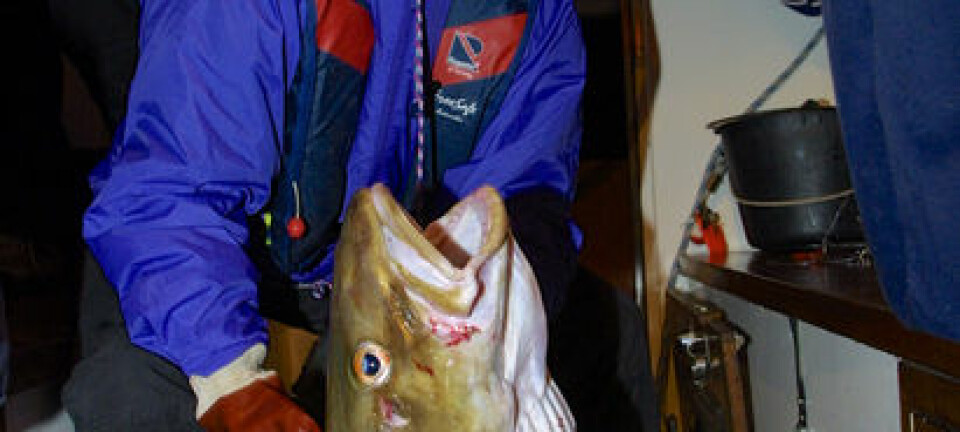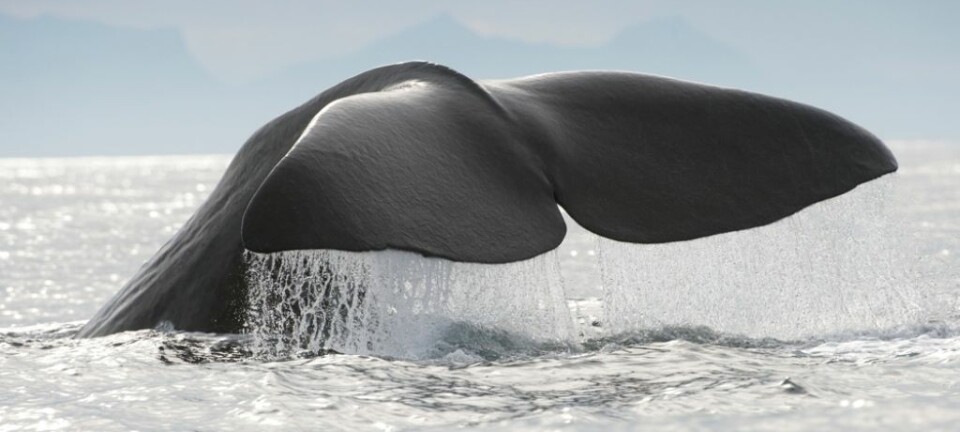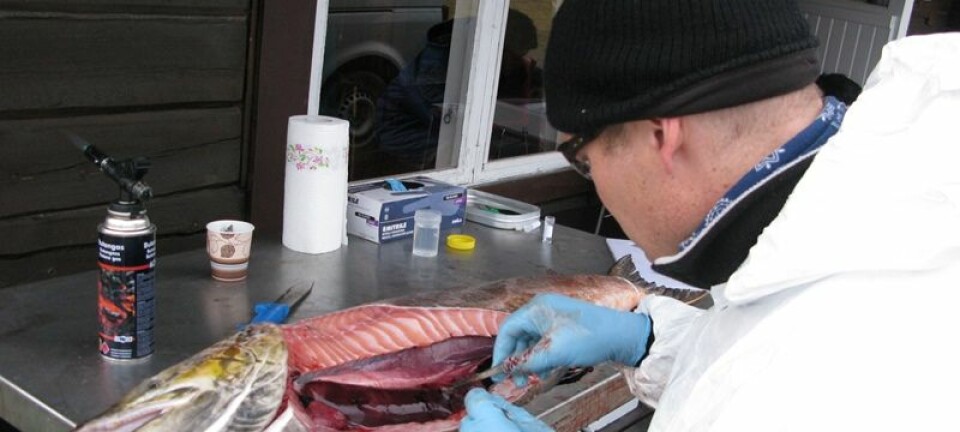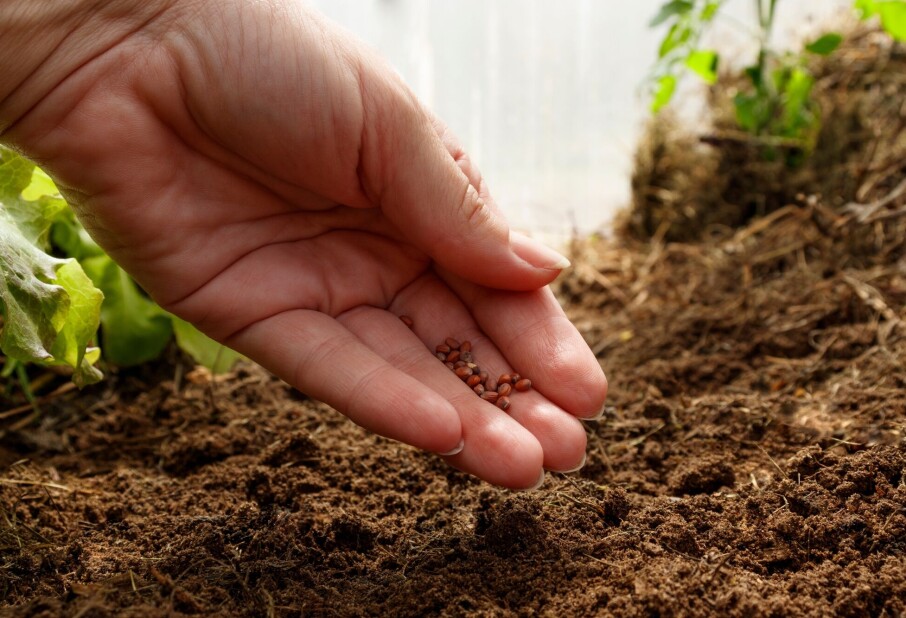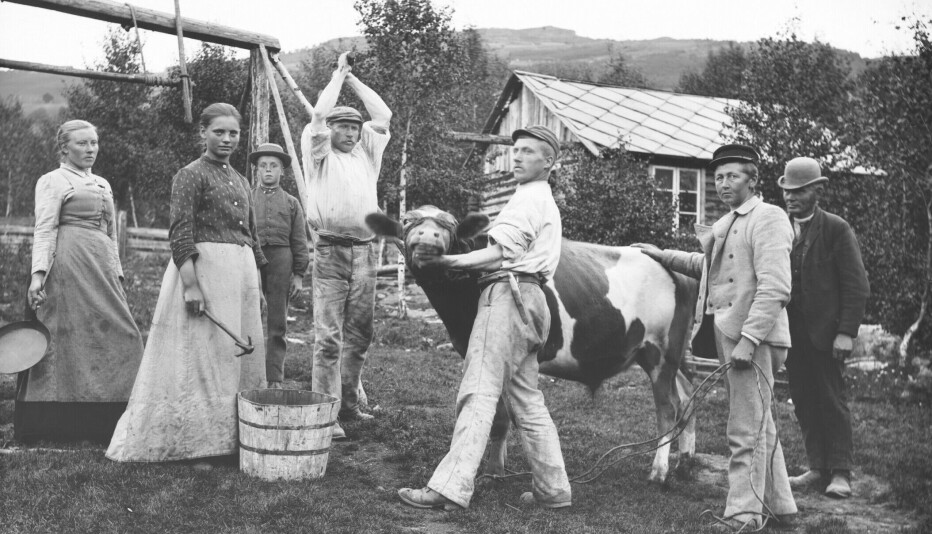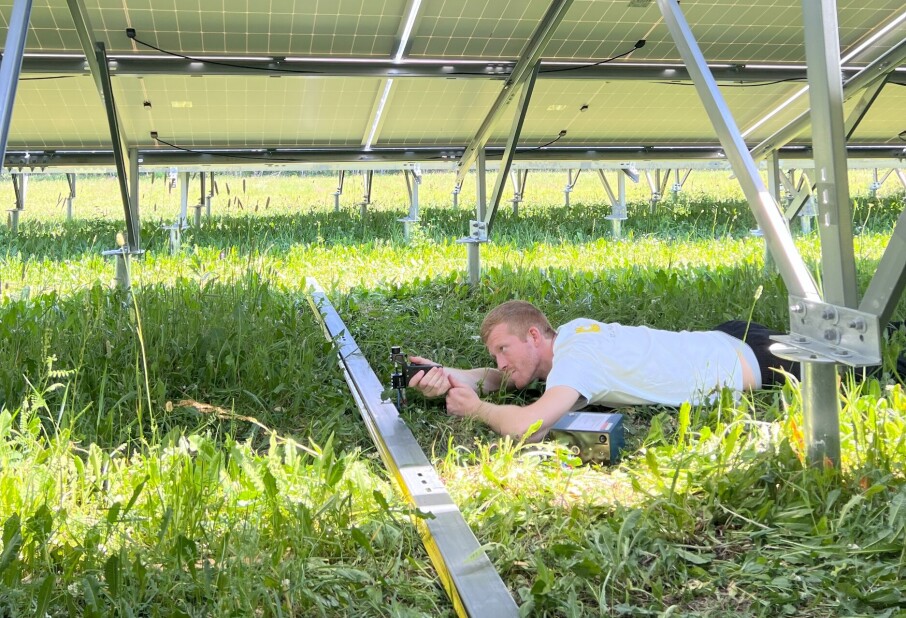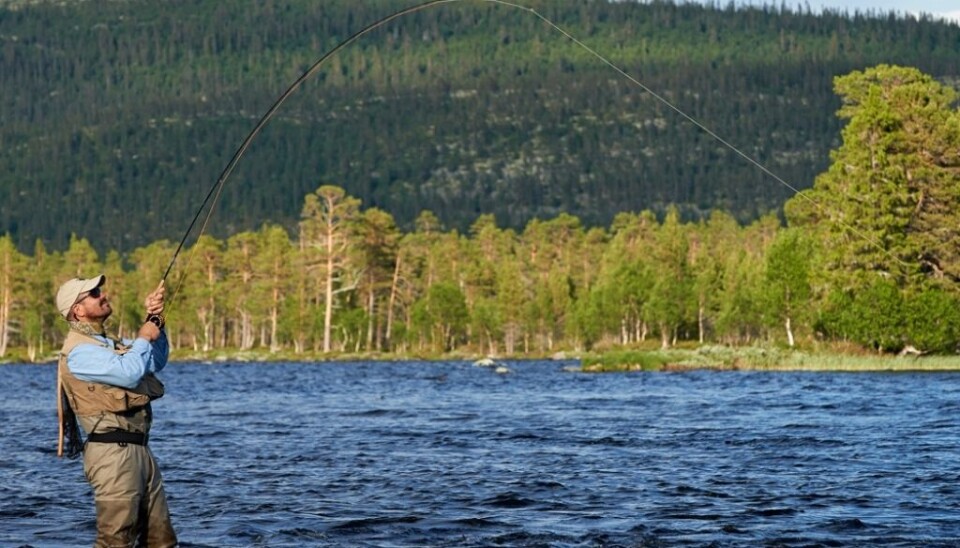
Fishing: Big increase in catch-and-release
Anglers have in the last few years become steadily more likely to release their catches after reeling them in. Most of these fish survive the ordeal, but it is far from painless.
Denne artikkelen er over ti år gammel og kan inneholde utdatert informasjon.
Attitudes among Scandinavian anglers are changing.
Catch-and-release has long been a common practice in many countries. In the 1990s just a few passionate fly fishermen in Norway started to adopt the practice. Now it has become quite common.
“In some watercourses nearly 80 percent of all the salmon caught are subsequently released,” says Stian Stensland, a researcher at the Norwegian University of Life Sciences (NMBU).
On the basis of a web questionnaire filled out by anglers from Norway and abroad who fished salmon in Finnmark County’s Lakselva River, he published an article on the subject in the journal Fisheries management and Ecology.

The article looked at norms and attitudes to catch-and-release among various groups of fishermen.
Concerned about the stock
In 2009 the regulations on fishing in most Norwegian and lakes were tightened to protect diminishing stocks. In general, though, the release of fish that have been reeled in is a self-imposed practice among anglers. It is rarely mandatory.
The researchers divided these sports fishermen in North Norway into four sub-groups: catch-and-release, keepers, “something else” and trophy anglers. In all four groups of fishermen surveyed by Stensland there were invariably some who voluntarily threw their fish back in. As would be expected, this practice is more common among those who consider themselves trophy anglers than among the keepers – those who are not just fishing for the sport of it but to eat the fish as well.
Many in the latter category think catch-and-release is a form of cruelty to animals; it’s a way of playing games with food.
On the whole the anglers think that catch-and-release helps boost fish stocks and that fish which are returned to the water survive. They also think they have the know-how for releasing the fish unharmed.
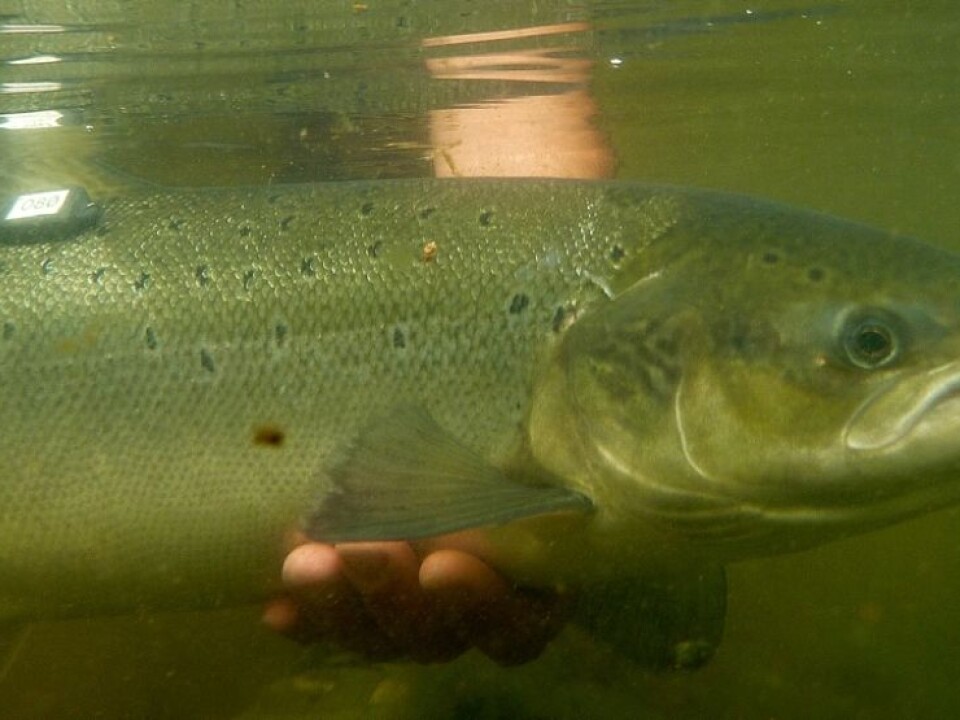
Many claim to feeling a certain pride in releasing large salmon which they could have kept. Some 20-25 percent of the catch-and-release group and the trophy anglers feel guilty about keeping a large salmon.
The researcher also found that fishermen from abroad release a larger share of their catches than locals do.
How it affects the fish
Researcher Eva Thorstad at the Norwegian Institute for Nature Research (NINA) has investigated how catch-and-release affects salmon biologically.
NINA has tagged salmon with transponders for years to study their behaviour and survivability after being released after catch.
The NINA scientists have studied fish in rivers all over Norway.
Low mortality

The researchers found that the mortality rate among fish that had been caught and released was generally rather low.
“If the fish is handled well and the water temperature is not over 18° to 20° C, the mortality rate is from three to eight percent.”
Thorstad explains that ff the water is warmer and the hook is deep in the throat of the fish or in its gills, or if it is handled roughly, a higher percentage will die.
Stopping its journey up the river
When a fish is caught in a river it is on its way upstream to spawn. The NINA researchers found that the behaviour of a fish that is caught and released can be impacted.
Some salmon can spend two or three weeks at the spot before continuing upstream toward the spawning grounds.
The researchers have found that these fish can be active in spawning but they do not know whether they are as successful in reproducing as other fish.
Challenges for fish welfare
The Norwegian Scientific Committee for Food Safety has concluded that catch-and-release poses certain risks. Fish are harmed and can be subjected to stress and other strains when it is reeled in and there are uncertainties about survivability and infection risks.
The committee concluded, however, that challenges regarding the catch-and-release practice can be mitigated through requirements to fishing gear, the fish are handled and in instruction courses for fishing guides and fishermen.
Fish feel pain
Janicke Nordgreen, a researcher at the Norwegian School of Veterinary Science, has researched the ability of fish to feel pain. She is not fully positive to catch-and-release.
“Fish feel pain. We know they have a high degree of sensitivity to pain in and around their mouths. When mouth tissue is injured, the fish is hurting. How painful it is depends on the degree of injury.”
In an ethical perspective, it is naturally better to draw a fish up fast and let it go than to spend a long time fighting it and reeling it in. But Nordgreen says that in any case the fish will find it painful to get a hook in its mouth.
“Our experiments show that when a fish is in pain it is stressed and afraid. Then the fish’s activity drops as time passes.”
Much depends on the angler
Eva Thorstad at NINA thinks it’s important for anglers who practice catch-and-release to use equipment and techniques which as much as possible keep the hook from getting deeply imbedded in the fish to keep injury to a minimum and minimise the time it takes to remove the hook and release the fish.
When fishing with an intention of letting the fish go, the fish should be reeled in quickly after it bites and an amply strong line needs to be used. The fish mustn’t be lifted out of the water or held by its tail.
“If anglers absolutely feel the need to take a photo to boast about the catch, they must limit themselves to holding the fish over the surface of the water no more than a couple of seconds,” says Thorstad.
------------
Read the Norwegian version of this article at forskning.no
Translated by: Glenn Ostling







